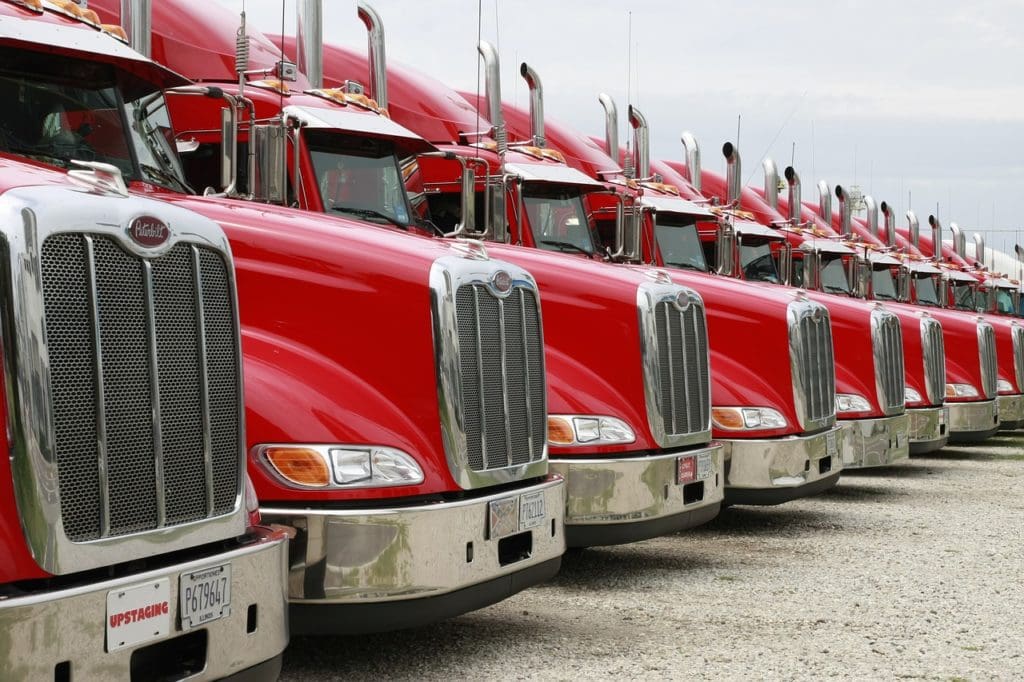Estimated reading time: 3 mins
Key Takeaways:
- Understanding the function and history of Electronic Logging Devices (ELDs).
- Examining the influence of ELDs on driver lifestyle and fleet productivity.
- Using data from ELDs for better fleet management and decision-making.
Table of Contents:
- Introduction to Electronic Logging Devices (ELDs)
- ELDs and Their Impact on Drivers’ Lifestyle
- Efficiency and Productivity: ELDs at Work
- ELDs and Environmental Sustainability
- The Future of ELD Technology
- Overcoming Challenges with ELD Implementation
- Best Practices for Selecting and Using ELDs

Introduction to Electronic Logging Devices (ELDs)
Adopting ELD devices is a technology at the core of modern transportation and has drastically changed the environment. These digital record-keeping instruments play a crucial part in transforming the sector. ELDs provide a more straightforward method for recording hours of service, guaranteeing adherence to legal requirements, and improving road safety measures by combining driving data. These tools assist in preserving the accuracy of driving logs by automating a formerly labor-intensive manual process that was prone to error. This increases transparency and builds confidence throughout the logistics chain.
Originating as simple logbooks maintained by drivers, the technology evolved to track movements, engine usage, and location data precisely. This transition from paper to pixels symbolizes a broader shift towards efficiency and compliance, safeguarding the industry’s integrity. From early resistance to overwhelming acceptance, the ELD device narrative reflects the transport sector’s willingness to embrace change for the greater good.
ELDs and Their Impact on Drivers’ Lifestyle
The day-to-day reality of truck drivers radically changed with the introduction of ELDs. Beyond the simplification of log keeping, ELDs enforce a structured framework that mandates regular rest periods, potentially reducing driver fatigue. This digital leap ushers in positive lifestyle adjustments, fostering routines that can improve job satisfaction and a healthier balance between work commitments and rest times.
Efficiency and Productivity: ELDs at Work
ELD technology goes beyond compliance, touching on multiple facets of logistics operations. The data derived from these devices are critical in optimizing routes, reducing downtime, and providing precise timing for cargo deliveries. This real-time information streamlines processes, fostering an agile work environment that can adapt swiftly to any disruptions or changes in demand. Ultimately, ELDs are emblematic of the quest for continuous improvement within the trucking industry, demonstrating the tangible benefits of integrating technology into age-old practices.
ELDs and Environmental Sustainability
ELDs’ impact on environmental sustainability is another heralded benefit. By promoting efficient routing and reducing idle times, these devices significantly decrease fuel consumption and, by extension, harmful emissions. In a world where climate change is a pressing concern, ELDs’ role in promoting greener logistics is paramount. They streamline operations and contribute to a larger ethos of environmental responsibility within the trucking industry.
The Future of ELD Technology
As we cast our eyes to the future, the trajectory of ELD technology aligns with broader trends toward increased connectivity. The potential integration with autonomous driving systems and other in-vehicle technologies heralds an era where the lines between driver support and automated logistics become increasingly blurred. These prospective developments are set against a backdrop of a transportation industry that continues to evolve, pushing the limits of what’s possible with ELDs and reshaping the definition of trucking for future generations.
Overcoming Challenges with ELD Implementation
While the shift to ELDs offers numerous advantages, it comes with challenges. Initial resistance, particularly from drivers accustomed to traditional methods, often hampers adoption. However, the ongoing narrative underscores that these challenges can be surmounted with proper training, support, and an understanding of the benefits. Effective communication, increased efficiency, and safety demonstrations have proven effective strategies in overcoming skepticism.
Best Practices for Selecting and Using ELDs
Choosing an appropriate ELD system requires careful consideration of several factors, including functionality, ease of use, and customer support reliability. Engaging drivers in this process is crucial, ensuring the technology enhances rather than hinders their daily work. In addition, ongoing staff training is critical to gaining the full advantage of ELD systems, ensuring that they’re used and maximized for operational benefits.
